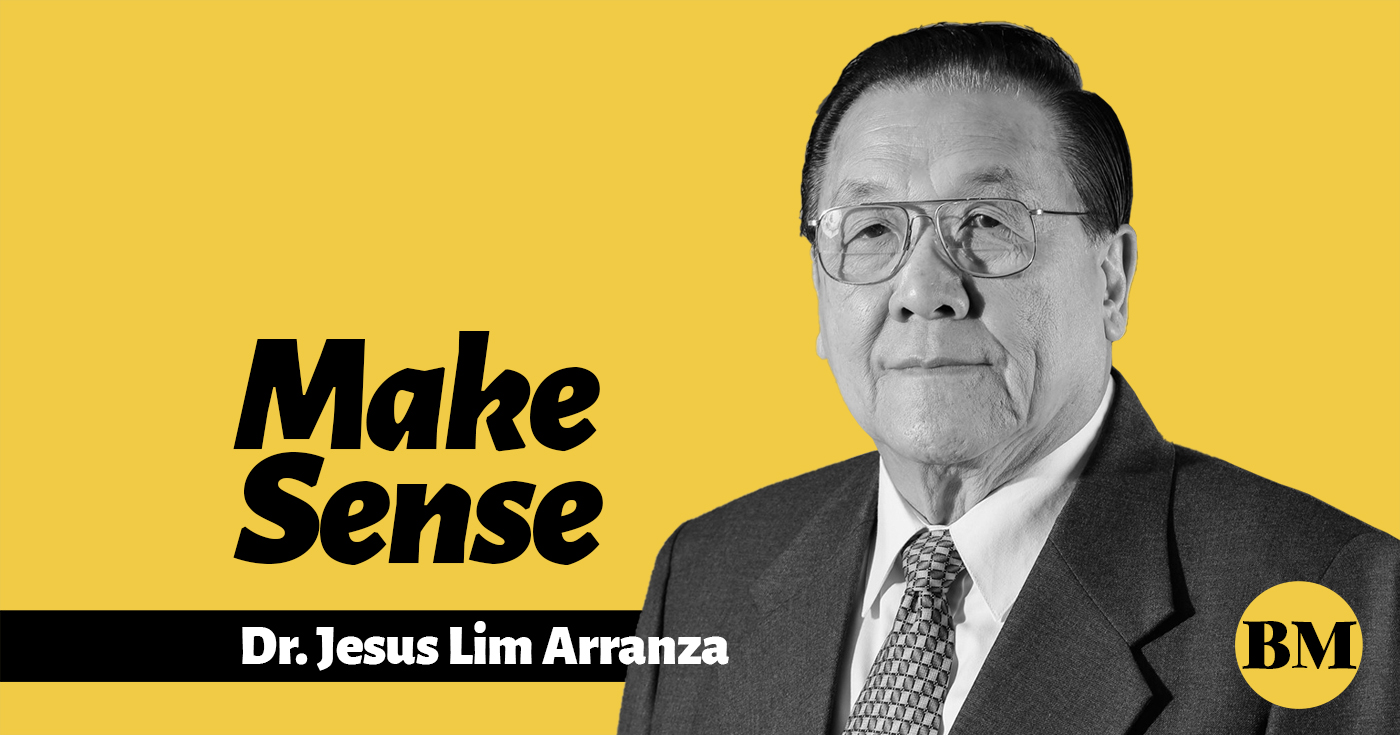
In 1990, or four years after President Corazon C. Aquino declared a Revolutionary Government, the country’s industry and manufacturing sectors were still recovering from a flattened economy when Malacañang issued Executive Order 413 arbitrarily lowering the tariffs on all industrial and agricultural products by as much as half of existing tariff rates at that time.
Malacañang, however, decided to withdraw the EO after sensing trouble when a multi-sectoral group consisting of heads of industrial firms, producers and industry associations questioned the constitutionality of the order at the Supreme Court. Under the law, the President is only allowed to raise or lower tariffs on a selective basis and not across the board when Congress is in recess.
However, Malacañang later issued Executive Order 470 to accelerate the country’s engagement in global free trade. Believing that the new EO was just a toned-down version of EO 413 and its implementation would compromise the recovery efforts of the country’s manufacturers and producers, the multi-sectoral group, which now included some members of the Philippine Chamber of Commerce and Industry (PCCI), strengthened its resolve to fight the Order.
The members of PCCI joined the group because they could not get a definitive stand from their organization on the issue due to the conflicting interests of its members. PCCI’s membership is composed of manufacturers, traders and importers. And while the order that would drastically lower tariffs on the country’s importations of industrial and agricultural products was a welcome development for importers and traders, local producers and manufacturers saw it as a bane to their already struggling survival. They said it could trigger the demise of the local manufacturing industry.
Thus, on January 24, 1991, the Federation of Philippine Industries was officially registered with the Securities and Exchange Commission (SEC) with 15 industry leaders as incorporators. The founders also decided to make FPI exclusively for the manufacturing companies and industries to avoid conflict of interest as they previously experienced when the aforesaid EO was issued by President Cory Aquino.
Since its creation as an advocacy group to promote and protect the interests of local producers and manufacturers, the Federation has evolved to become more proactive and profound in its advocacy to help establish a level playing field for local producers and manufacturers amid the World Trade Organization’s (WTO) call for the dismantling of trade barriers to facilitate global free trade.
Moreover, establishing active partnerships and cooperation with government enforcement agencies like the National Bureau of Investigation (NBI), Philippine National Police (PNP) and nongovernment anti-crime groups, among others, helped the Federation push its advocacy to stop all forms of illicit trade. It’s a step forward, even as the Federation remains committed to help stop smuggling and corruption in both the public and private sectors.
Going back to the reason why FPI was created in 1990, which was primarily to protect the local industry from the ill effects of a flawed EO that was seen being advantageous to importers and traders but disadvantageous to local producers and manufacturers, the Federation is once again knocking at the doors of both Houses of Congress on the need to have a separate department to handle Commerce and Trade, and another department for Industry.
During the Marcos administration when the government had a Department of Commerce and Trade and a Department of Industry, the heads of both executive departments could focus on their respective mandates. Unlike the set-up we currently have, the Department of Trade and Industry secretary carries the burden of balancing the conflicting interests of importers, traders and local manufacturers. Importers and traders will always push for lower tariffs, while local manufacturers will seek safeguard duties to protect their businesses and to save thousands of jobs. This conflict is practically experienced in almost all aspects of business, as well as in all fronts, be it in the Bureau of Customs, Tariff Commission, DTI, among others.
Hence, my advocacy is to have a separate Department of Industry and Department of Trade, because these departments were merged during the latter part of the Marcos era supposedly for easier management.
Unfortunately, the conflict between the manufacturers and traders is currently more pronounced in view of the unimaginable effects of the Covid-19 pandemic where all countries have been gravely affected. These countries want to get a share of the dwindling global market by “invading” others, including the Philippines, in order to increase their capacity utilization and raise their respective noses above water to survive. This is the reason why currently there is an influx of imported finished products that are substandard.
In fact, this conflict between the manufacturers and traders was eerily manifested recently when local flat glass manufacturers pushed for the strict implementation of the Mandatory Standard to protect the consumers from accidents such as falling glass during earthquakes, and the opposition made by traders to the extent of securing a preliminary injunction just to stop the implementation of the Mandatory Standard. Thus, with the injunction, our consumers are not currently protected in view of the proliferation of substandard flat glass products in the market.
I empathize with our current DTI secretary, who is working so hard just to balance the interest of the traders and manufacturers. Such conflict will be practically avoided if there are two departments that will focus on serving their respective area of concerns without being bothered by the interests of another sector. In the event of conflict between the two departments, it could be resolved by Neda, which is chaired by the President.
With the creation of a Department of Industry, the manufacturing industry will have a strong platform where it could raise its concerns with the government.
























